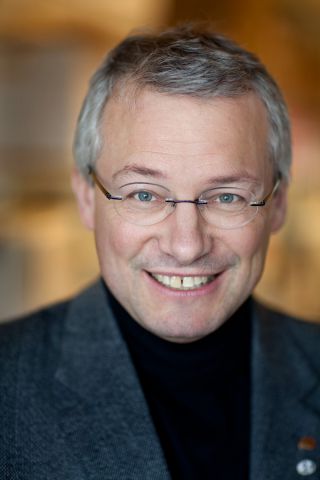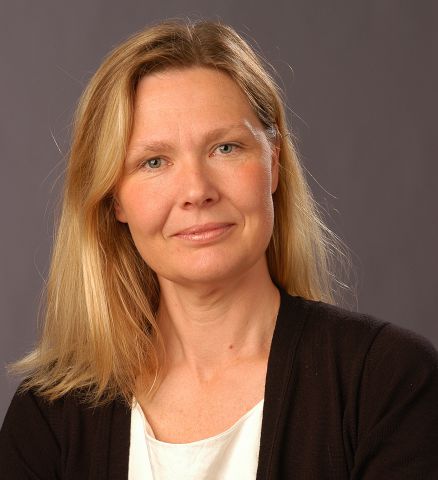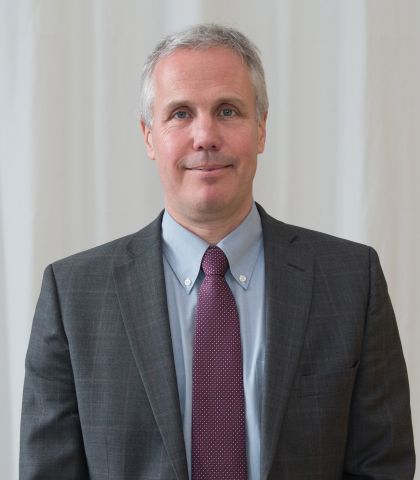The aim of the programme is to strengthen Swedish clinical research by means of identifying the best clinical researchers, providing them with good conditions to undertake their work, and facilitate the impact of research results in the scientific and healthcare communities.
Wallenberg Clinical Scholars is part of a ten-year initiative amounting to a total of SEK 1.7 billion, undertaken by the Knut and Alice Wallenberg Foundation to strengthen medical research and the life sciences.



